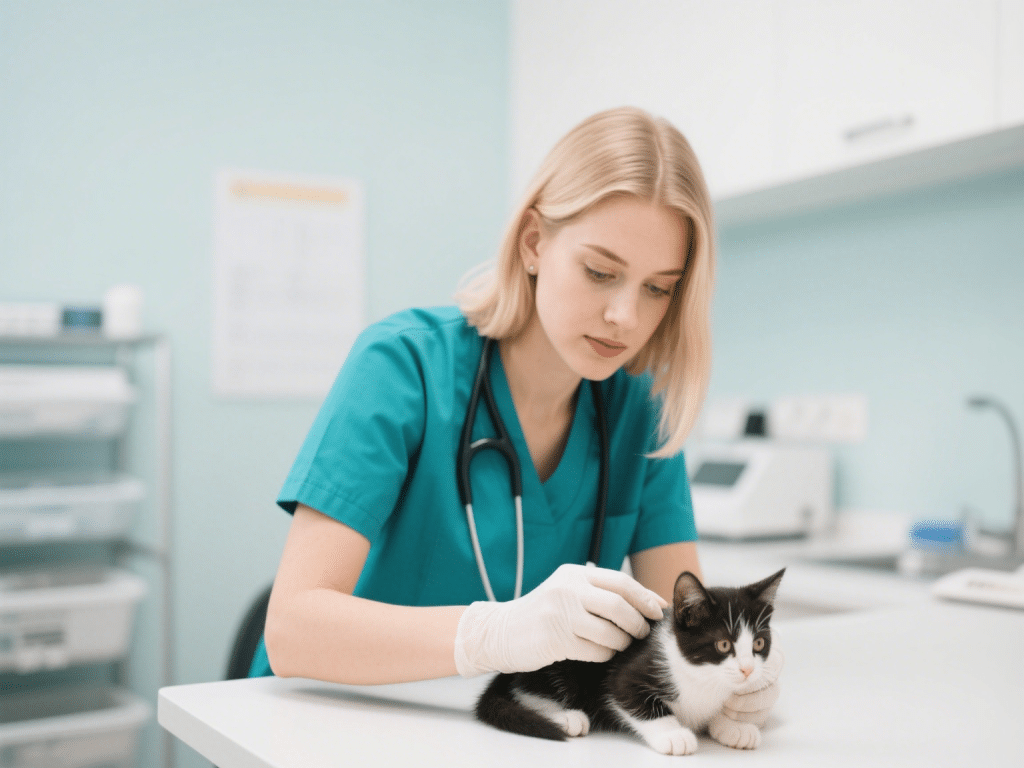
Introduction
Kittens are especially vulnerable to fleas—they can suffer anemia, dermatitis, and transmit tapeworms. Because their immune systems and body weight are still developing, early prevention is critical. This guide provides veterinarian-recommended protocols for preventing flea infestations in kittens from birth to six months, covering environmental measures, safe topical treatments, and ongoing monitoring.
1. Understanding Flea Life Cycle and Risks in Kittens
Flea Life Cycle:
Egg Stage: Flea eggs are laid on the host but fall off into the environment (e.g., carpet, bedding).
Larval and Pupal Stages: Larvae feed on organic debris; pupae can remain dormant for months, making eradication tricky.
Adult Stage: Emerges when sensing vibration or carbon dioxide, seeking a blood meal.
Risks for Kittens:
Kittens have only 50–100 mL blood volume; a heavy flea burden (50+ fleas) can cause life-threatening anemia.
Flea saliva can trigger allergic dermatitis or hives.
Tapeworm transmission occurs if kittens groom and ingest infected flea larvae.
Window of Vulnerability:
Flea eggs can hatch within 2–3 days in warm, humid conditions.
Indoor-only kittens can still acquire fleas via caregivers’ clothing, other pets, or rodents.
2. Environment-Based Prevention Strategies
Household Hygiene Protocol:
Vacuuming: Vacuum carpets, rugs, and upholstery daily for at least 2 weeks whenever fleas are suspected. Immediately empty vacuum bag outdoors.
High-Heat Laundering: Wash kitten bedding and blankets in hot water (≥60°C) weekly. Dry on a high-heat cycle to kill eggs and larvae.
Steam Cleaning: Rent or purchase a steam cleaner to sanitize carpets and furniture. Steam penetrates deep into fibers, eliminating fleas at all life stages.
Indoor Environmental Treatments:
Insect Growth Regulators (IGRs): Use veterinarian-prescribed IGR sprays containing pyriproxyfen or methoprene to interrupt flea maturation.
Professional Extermination: If infestation is severe, consider licensed pest control using EPA-approved products safe around pets.
Outdoor Habitat Management (If Applicable):
Yard Maintenance: Keep grass trimmed to ≤2 inches to reduce flea harborage.
Treat Perimeter: Apply flea control granules around the home perimeter (under local regulations) to curb outdoor populations.
3. Kitten-Safe Flea Control Treatments
Age-Appropriate Topical Treatments:
Selamectin (Revolution®): Safe for kittens ≥6 weeks old, 5 mg/kg once monthly. Broad-spectrum: treats fleas, ear mites, roundworms, and hookworms.
Fipronil + (S)-Methoprene (Frontline®): Approved for kittens ≥8 weeks old; kills adult fleas within 12 hours, interrupts larval development.
Oral Treatments (When Veterinarian-Prescribed):
Spinosad (Comfortis®): Approved for kittens ≥14 weeks old and ≥2 lbs. Kills fleas within 30 minutes; repeat monthly.
Isoxazolines (e.g., Fluralaner, Sarolaner): Typically approved for kittens ≥6 months old; may be used in older kittens per vet guidance.
Natural and Home Remedies (Supplemental Only):
Flea Combs: Comb daily, focusing on neck and tail base. Dip comb in soapy water to drown captured fleas.
Diatomaceous Earth (Food Grade): Lightly dust carpets and pet bedding; vacuum after 48 hours. Effective against larvae but must be used cautiously to avoid kitten inhalation.
Safety Precautions:
Never Use Dog-Only Products: Pyrethrin or permethrin concentrations for dogs can be fatal to cats.
Monitor for Adverse Reactions: Look for skin redness, hair loss, or lethargy post-treatment. Discontinue product and consult your veterinarian immediately if signs appear.
4. Creating a Preventative Care Schedule
Birth to 6 Weeks (Before Topicals Are Safe):
Isolate Newborn Litter: Keep kittens in a flea-free environment.
Treat the Mother: Apply a veterinarian-approved topical flea control on the nursing queen 48 hours before kittens’ first nursing session.
6 Weeks to 8 Weeks:
First Topical Application: Administer selamectin at 6 weeks.
Environmental Maintenance: Continue vacuuming and washing bedding weekly.
8 Weeks to 6 Months:
Monthly Topicals: Apply fipronil + (S)-methoprene or selamectin monthly. If using oral spinosad, initiate at ≥14 weeks.
Monthly Health Checks: Weigh kittens; address any weight loss or poor growth promptly.
Over 6 Months (Adolescent Stage):
Continue Monthly Protection: Choose long-lasting treatments (e.g., Fluralaner every 12 weeks for eligible cats).
Vaccination Coordination: Coordinate with rabies and FVRCP schedule; avoid overlapping stress of vaccines and flea treatments on the same day.
5. Monitoring and Responding to Flea Presence
Weekly Physical Exams:
Check behind ears, around neck, and tail base for “flea dirt” (small black specks). Place a few specks on damp white paper; if they turn reddish-brown, they are digested blood.
Behavioral Cues:
Persistent scratching, biting at skin, or hair loss indicates possible flea irritation.
Anemia signs: pale gums, lethargy, rapid breathing—seek immediate veterinary attention.
Tapeworm Prevention:
If fleas are discovered, discuss deworming protocols (praziquantel) with your vet, even if no tapeworm segments are observed.
Conclusion
Preventing flea infestations in kittens demands a multi-pronged approach: rigorous environmental hygiene, timely, age-appropriate preventives, and vigilant monitoring. By starting interventions early—treating the mother, isolating the litter, and implementing vet-approved topicals—you drastically reduce the risk of infestation. Monthly maintenance and rapid response to any signs of fleas ensure your kitten remains comfortable, healthy, and free from anemia and parasites as they grow.


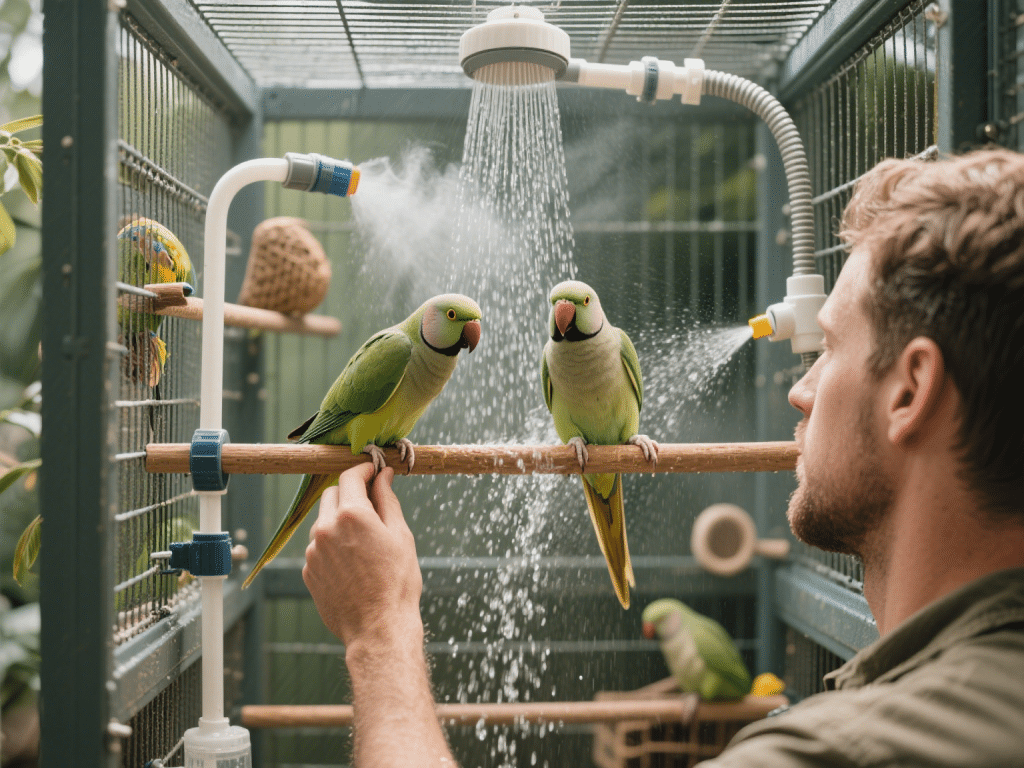
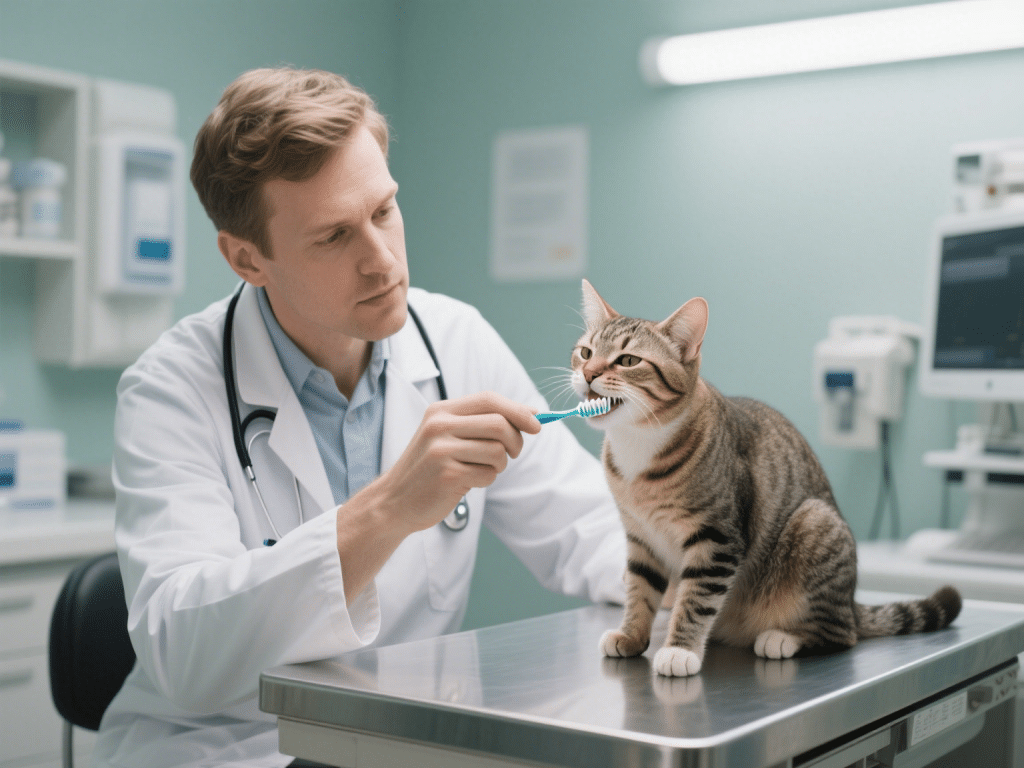

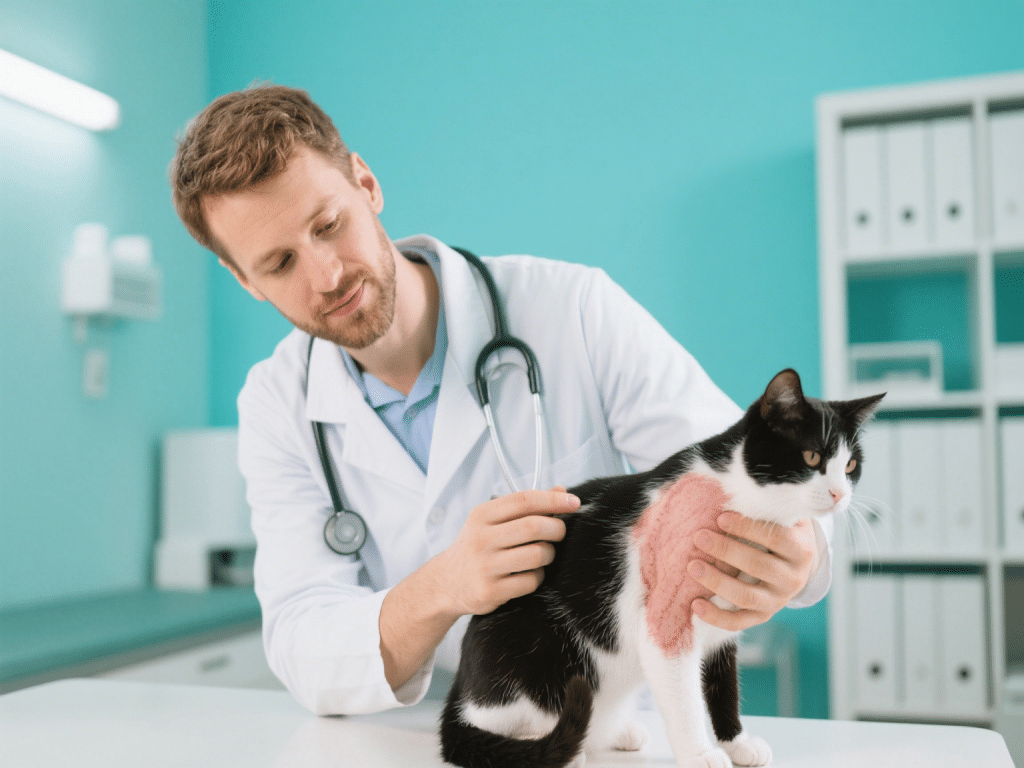

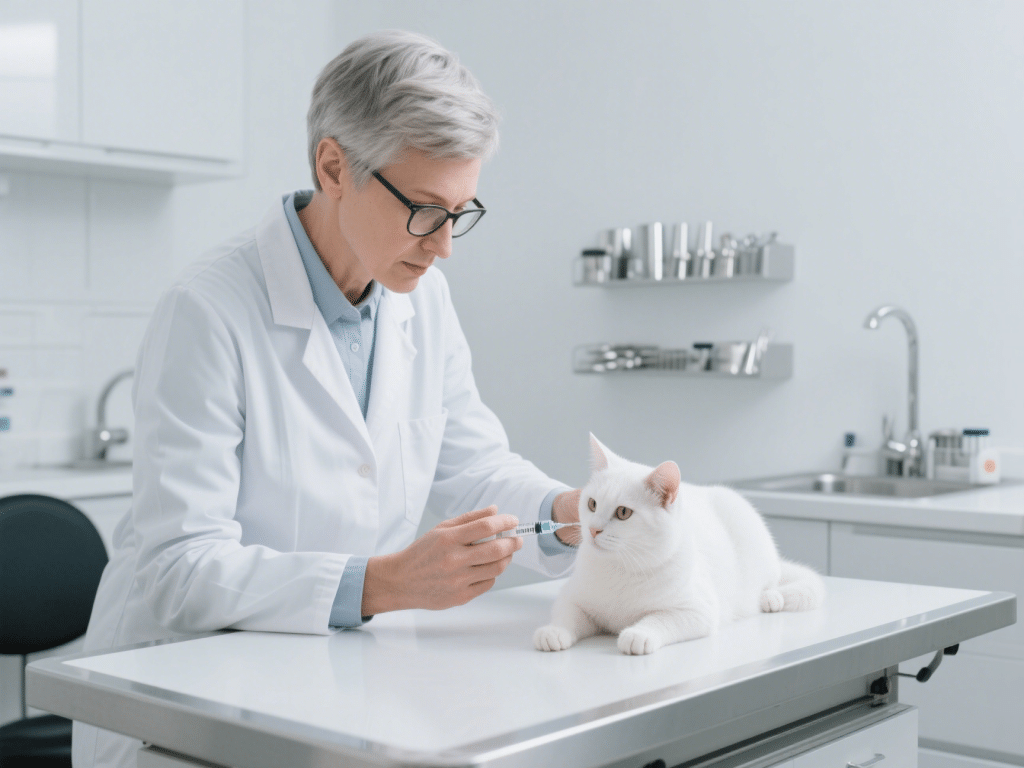

Comments on " Preventing Kitten Flea Infestations: Vet-Recommended Strategies" :